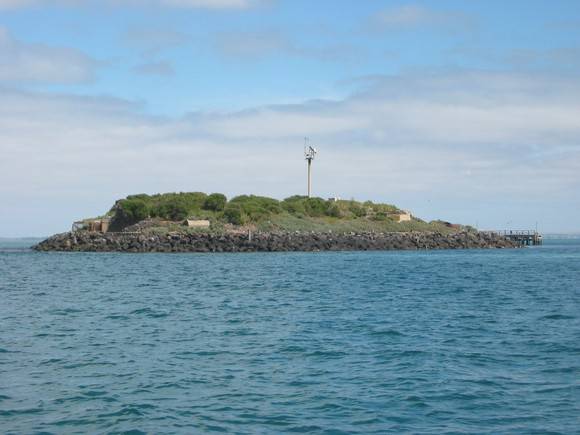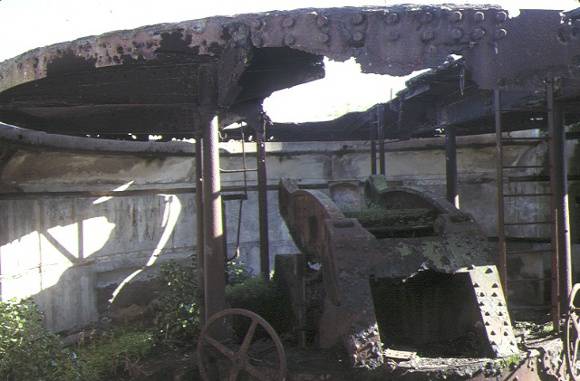| Back to search results » | Back to search page » |
|
SOUTH CHANNEL FORT
LocationPORT PHILLIP BAY, UNINCORPORATED
File Number605870 (1)LevelRegistered |
|
Statement of Significance
What is significant? The sandy soil supports a shrubland of coast saltbush (Atriplex cinerea), seaberry saltbush (Rhagodia candolleana), bower spinach (Tetragonia implexicoma) and taupata (Coprosma repens). The understorey includes great brome (Bromus diandrus) and buffalo grass (Stenotaphrum secundatum).
South Channel Fort, constructed between 1879 and 1888, was designed by Colonel Peter Scratchley of the Royal Engineers using the 'Twydall Redoubt' principles of sand parapets to be the key fort in the network of the outer defences of Port Phillip protecting it from anticipated naval attacks in the late nineteenth century. The fort was intended to play a key role in holding enemy ships in a triangle of fire between Queenscliff, Point Nepean (or Point Franklin) and its own guns; and to lay, control and test the minefield in the South Channel.
The fort is an artificial island built up on 14,000 tonnes of bluestone boulders and concrete with sand overburden. It is 121.9 metres long, 76.2 metres wide and 6.4 metres high above sea level. The fortifications comprise a concrete and red-gum military dugout bunker system which is mainly underground with some areas breaking the surface as gun emplacements facing south and as a service yard facing north. The system includes ammunition magazines, kitchen, officer's quarters, storage areas and power room connected by a network of tunnels. The heavy gun battery originally consisted of five guns, of which only a 6 inch gun in the centre and an 8 inch 'disappearing gun' on either side of the island have survived.
How is it significant?
South Channel Fort is of historical and architectural significance
Why is it significant?
South Channel Fort is historically significant for its association with the defence of the Port of Melbourne, protection of the entrance to Port Phillip and the main shipping channel. The fort is the only known place where the Twydall principles for a defence layout were applied to an island fortification.
South Channel Fort is architecturally significant for its revolutionary design using camouflage and new methods of protection against bombardment, for its armament, and for its relative intactness. The disappearing or hydro-pneumatic guns are of particular significance for their early date and rarity of the 8 inch guns.
The fort is also of interest for its range of vegetation which includes prickly shrubs used as a deterrent to attack.
[Online data upgrade project 2003]
Group
Military
Category
Fortification





